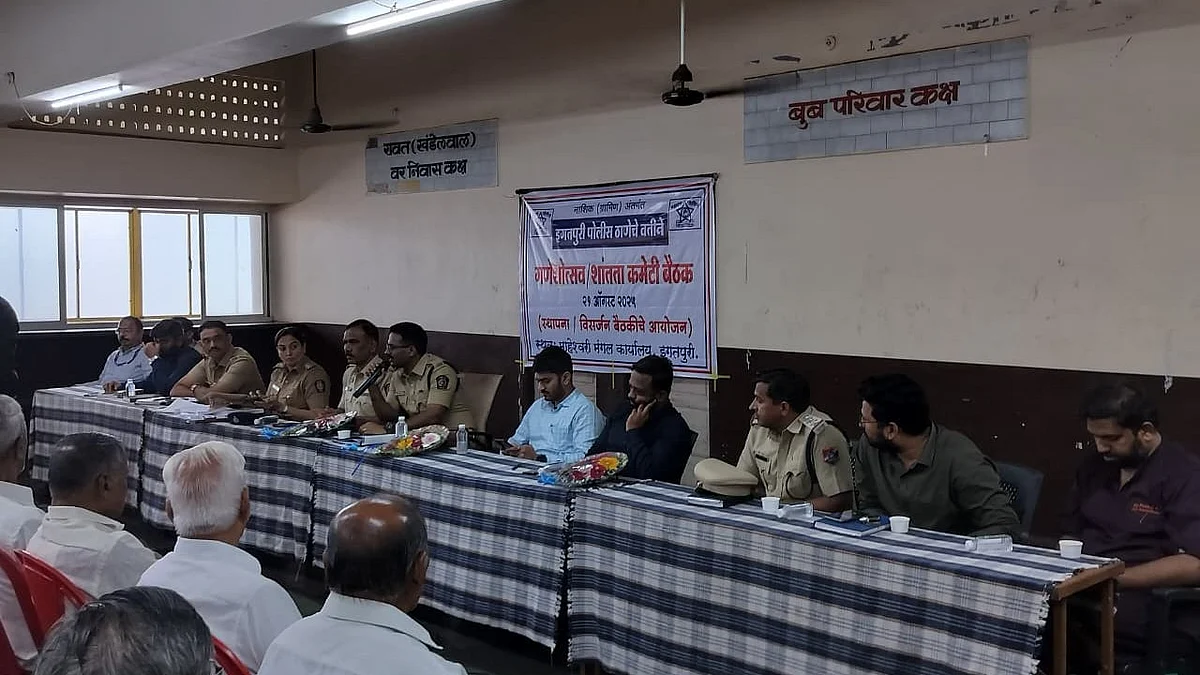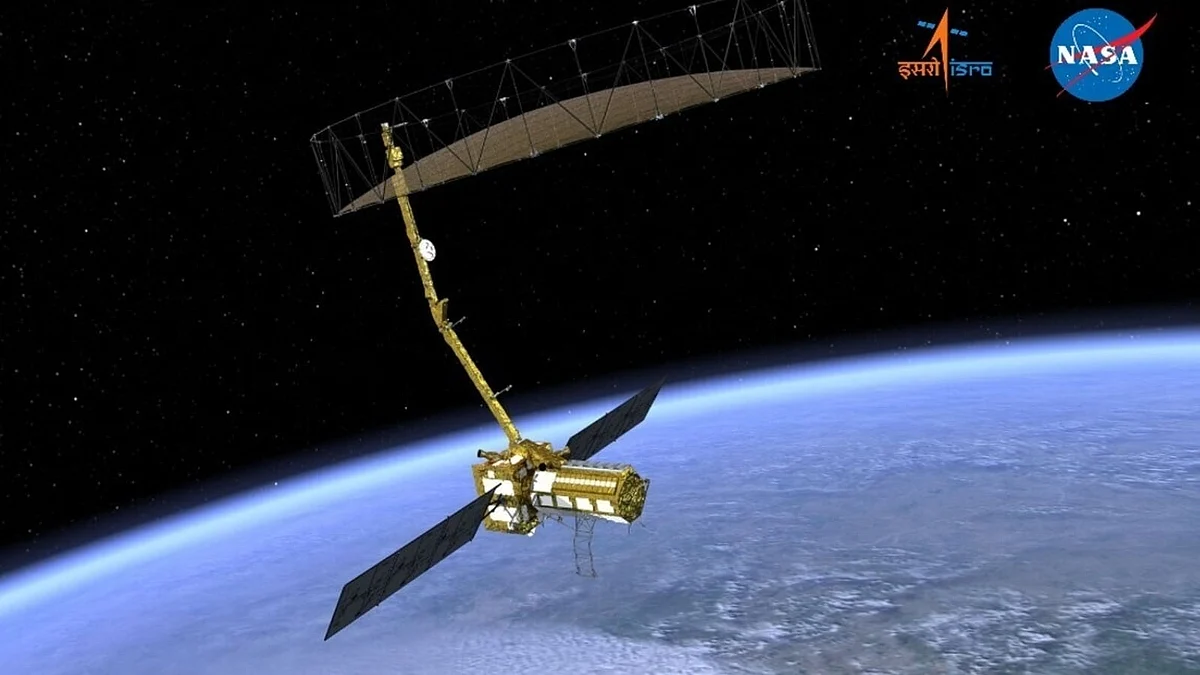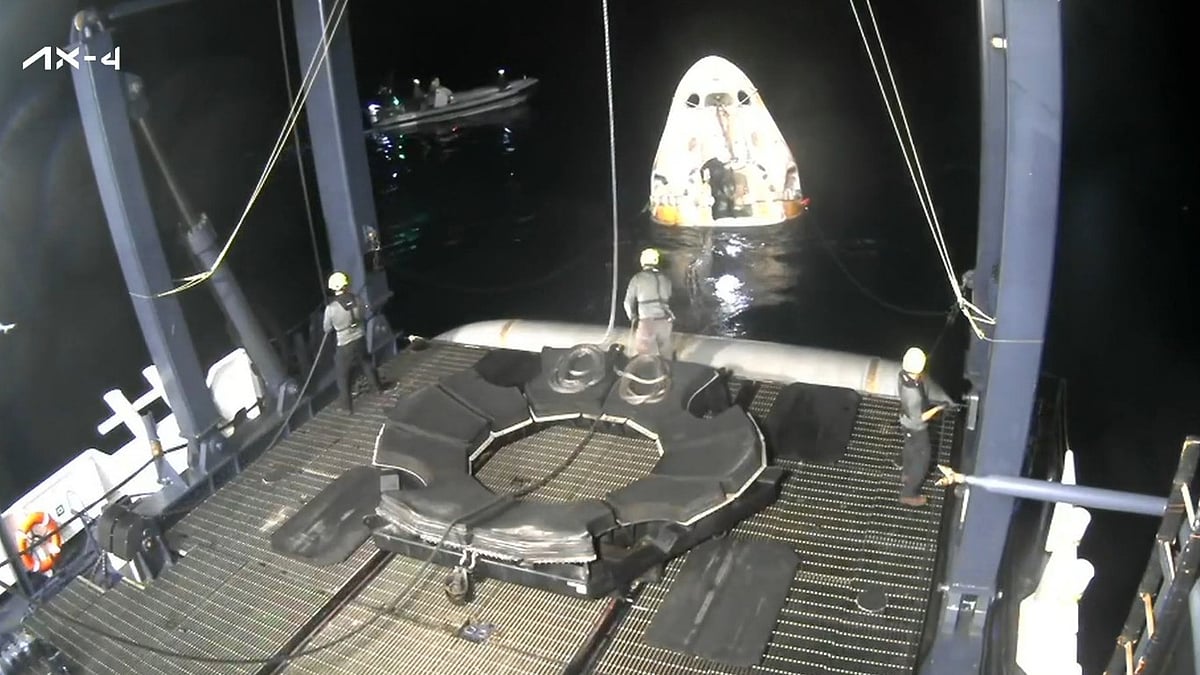Washington: NASA has selected two new missions to study Venus to understand how Earths nearest planetary neighbour became an inferno-like world when it may have been the first habitable world in the solar system, complete with an ocean and Earth-like climate.
The two missions were selected, based on their potential scientific value and the feasibility of their development plans, from four mission concepts that NASA picked in February 2020 as part of the agency's Discovery 2019 competition.
The project teams will now work to finalise their requirements, designs, and development plans. NASA is awarding approximately $500 million per mission for development. Each is expected to launch in the 2028-2030 timeframe.
The first mission DAVINCI+ (Deep Atmosphere Venus Investigation of Noble gases, Chemistry, and Imaging) will measure the composition of Venus' atmosphere to understand how it formed and evolved, as well as determine whether the planet ever had an ocean.
The mission consists of a descent sphere that will plunge through the planet's thick atmosphere, making precise measurements of noble gases and other elements to understand why Venus' atmosphere is a runaway hot house compared to the Earth's.
In addition, DAVINCI+ will return the first high resolution pictures of the unique geological features on Venus known as "tesserae," which may be comparable to Earth's continents, suggesting that Venus has plate tectonics.
This would be the first US-led mission to Venus' atmosphere since 1978, and the results could reshape our understanding of terrestrial planet formation in our solar system and beyond.
James Garvin of Goddard Space Flight Center in Greenbelt, Maryland, is the principal investigator.
The second mission VERITAS (Venus Emissivity, Radio Science, InSAR, Topography, and Spectroscopy) will map Venus' surface to determine the planet's geologic history and understand why it developed so differently than Earth.
Orbiting Venus with a synthetic aperture radar, VERITAS will chart surface elevations over nearly the entire planet to create 3D reconstructions of topography and confirm whether processes such as plate tectonics and volcanism are still active on Venus.
VERITAS will also map infrared emissions from Venus' surface to map its rock type, which is largely unknown, and determine whether active volcanoes are releasing water vapour into the atmosphere. Suzanne Smrekar of NASA's Jet Propulsion Laboratory in Southern California is the principal investigator.
In addition to the two missions, NASA selected a pair of technology demonstrations to fly along with them. VERITAS will host the Deep Space Atomic Clock-2, built by JPL and funded by NASA's Space Technology Mission Directorate, while DAVINCI+ will host the Compact Ultraviolet to Visible Imaging Spectrometer (CUVIS) built by Goddard, the agency said.











